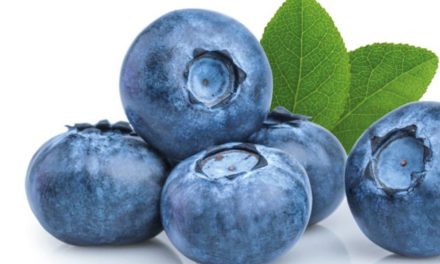Toxic metabolite profiling of Inocybe virosa
S. Sai Latha1, Naveen Shivanna1*, Mahadeva naika1, K. R. Anilakumar1, Ankur Kaul2 & Gaurav Mittal 2
Wild mushroom foraging involves a high risk of unintentional consumption of poisonous mushrooms which is a serious health concern. This problem arises due to the close morphological resemblances of toxic mushrooms with edible ones. The genus Inocybe comprises both edible and poisonous species and it is therefor important to differentiate them. Knowledge about their chemical nature will unambiguously determine their edibility and aid in an effective treatment in case of poisonings. In the present study, the presence of volatile toxic metabolites was verified in Inocybe virosa by gas chromatography. Methyl palmitate, phenol, 3,5-bis (1,1-dimethyl ethyl) and phytol were the identified compounds with suspected toxicity. The presence of the toxin muscarine was confirmed by liquid chromatography. The in vitro study showed that there was negligible effect of the digestionprocess on muscarine content or its toxicity. Therefore, the role of muscarine in the toxicity of Inocybe virosa was studied using a bioassay wherein metameters such as hypersalivation, immobility, excessive defecation, heart rate and micturition were measured. Administration of muscarine resulted in an earlier onset of symptoms and the extract showed a slightly stronger muscarinic effect
in comparison to an equivalent dose of muscarine estimated in it. Further, the biological fate of muscarine was studied by pharmacokinetics and gamma scintigraphy in New Zealand white rabbits. Significant amount of the toxin was rapidly and effectively concentrated in the thorax and head region. This study closely explains the early muscarinic response such as miosis and salivation in mice. By the end of 24 h, a relatively major proportion of muscarine administered was accumulated in the liver which stands as an explanation to the hepatotoxicity of Inocybe virosa. This is one of the rare studies that has attempted to understand the toxic potential of muscarine which has previously been explored extensively for its pharmaceutical applications.
(…)








